5 Things I've Learned From Driving A Suzuki Swift Sport 3,500 Miles In 2 Months
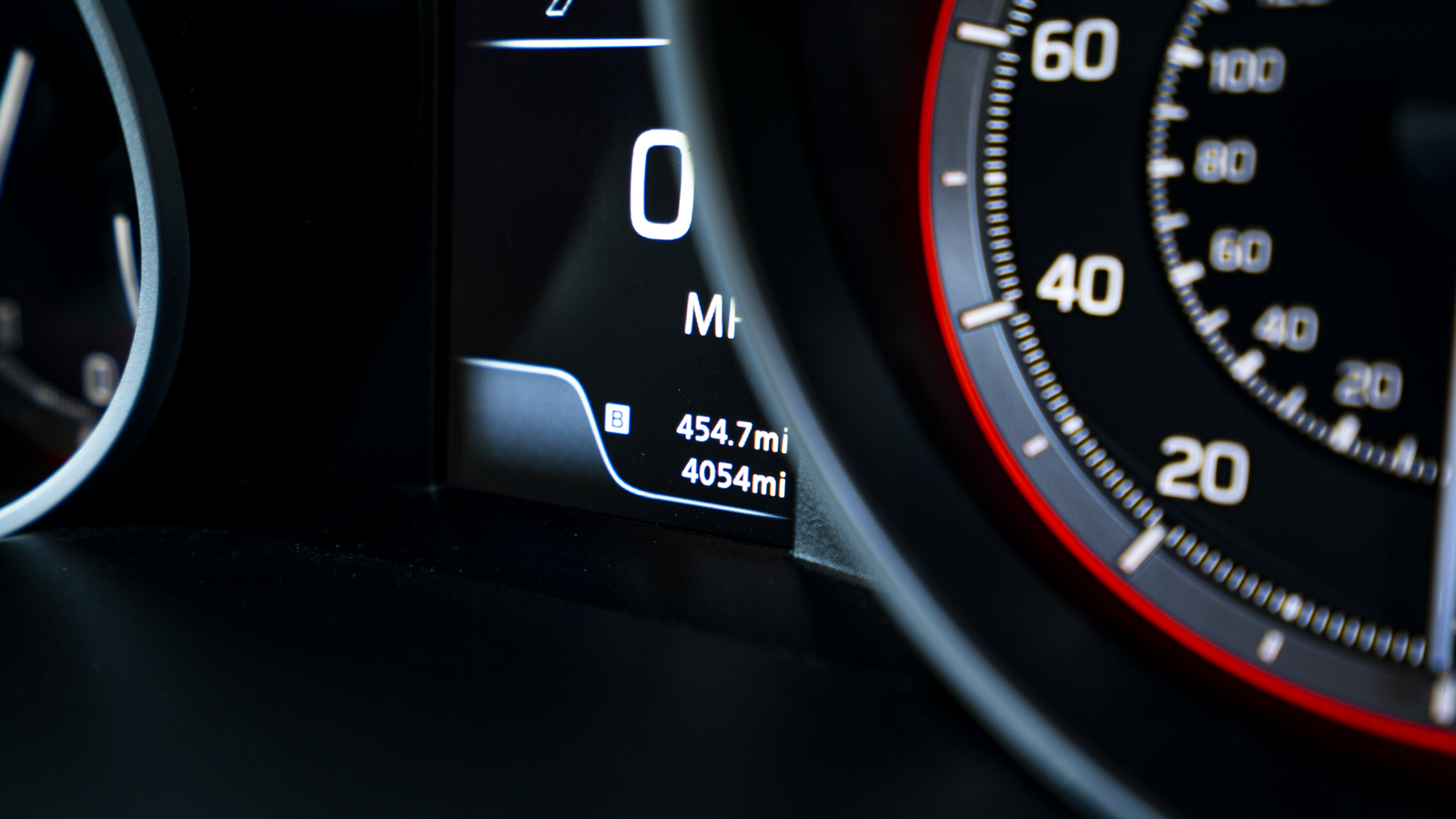
We’ve had a few months to live with the new mild-hybrid equipped Suzuki Swift Sport, and have covered some 3,500 miles. Here’s what we’ve learned so far.
It’s surprisingly nippy
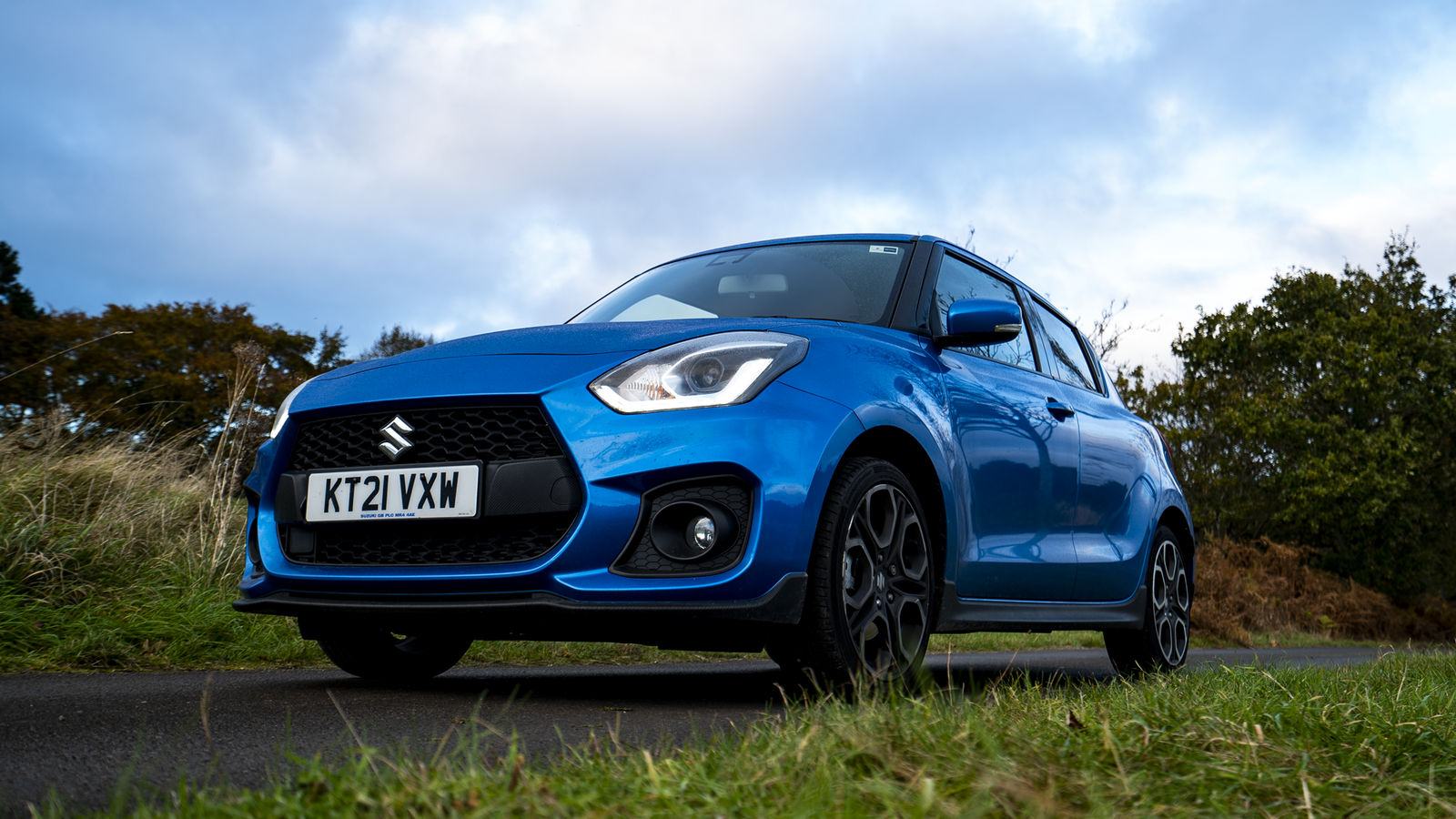
On paper, the mild-hybrid Swift Sport’s power figures are nothing to write home about, but in practice, it’s a mighty impressive drive. The addition of the mild-hybrid system was described as helping to ‘fill torque gaps’ by Suzuki, and that’s precisely where this car feels different to any of its competitors. Pulling away from a set of lights with vigour is where you notice it the most. It sets off with an almost diesel-like manner, surging forward before waning the electricity out and leaving the job to the now fully spooled turbo.
There is a noticeable spot where the electricity stops and the turbo carries on, which makes for a fun sport of trying to shift at the optimum time to stay in the battery’s torque fill band. Is that what Suzuki engineers designed it for? Probably not, but it’s enjoyable nonetheless.
Part of the simple charm is lost by new age technology
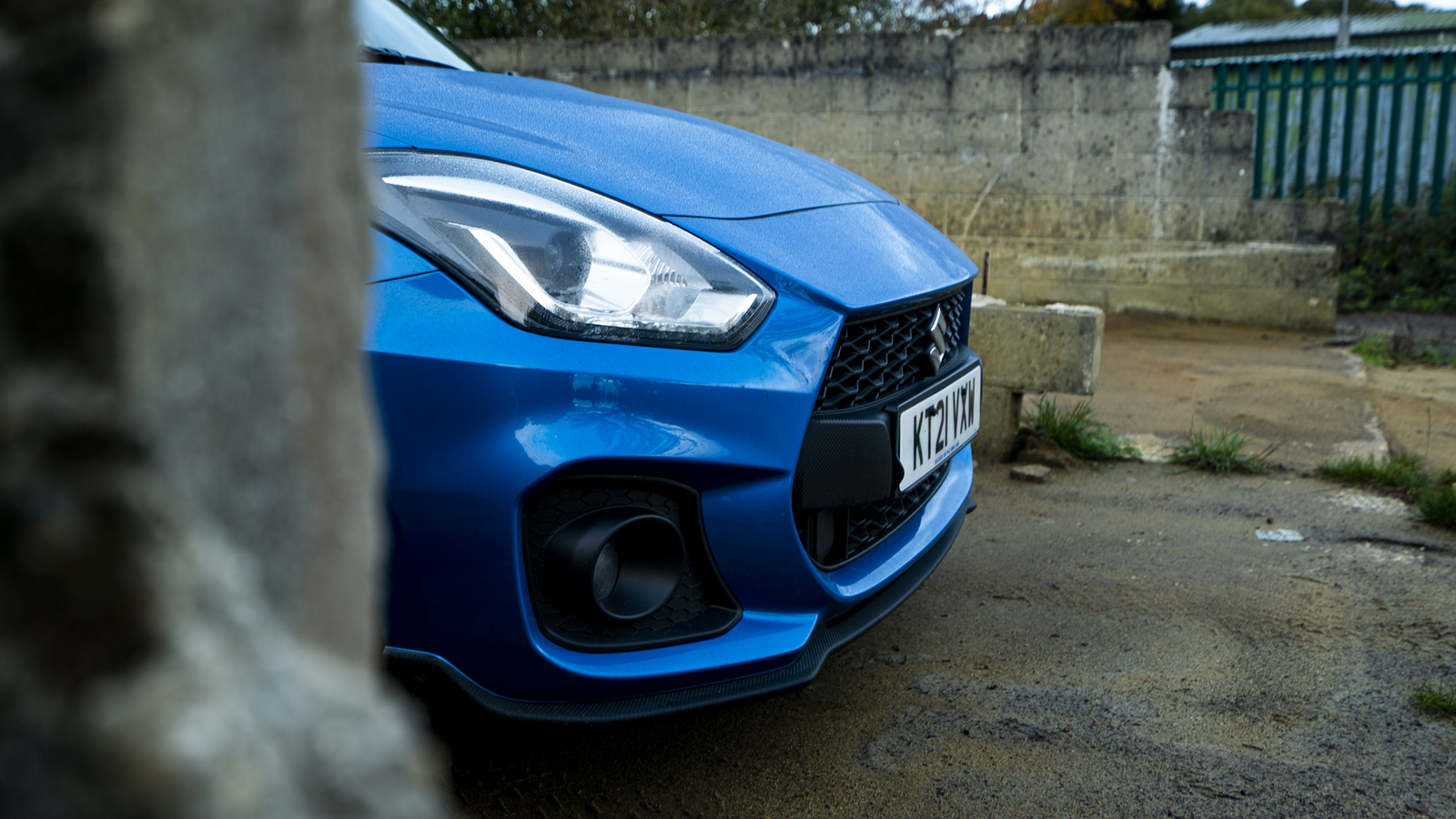
I’m someone who gets attached to cars very easily; to a fault, really. I didn’t want to hand the keys back to the 2020 Toyota GR Supra we tested last year, and if I drive a friend’s car for any length of time, I end up being sadder when they sell it than they are. However, there’s something about the Swift Sport that has failed to get under my skin.
The charm of the previous Swift Sport generations was an eagerness to be hooned about. An underlying feeling of teenage angst and defiance that wanted to be exploited at every traffic light, hairpin and humpback bridge. The mild-hybrid Swift Sport feels more grown-up. It feels more like a car that you can poke into doing something silly every now and then, rather than one that is permanently looking for fun. You feel this in everything it does, the noticeably heavier flywheel causes the car to feel less eager to climb the revs, and the switch over from electric-aid to pure engine gives the car a ‘running out of steam’ type of feeling, even though you’re making good progress.
It’s still a highly engaging drive and one that I don’t resent driving, but meeting every modern regulation needed has sapped some of the Swift Sport’s original magic.
It feels incredibly solid on the road
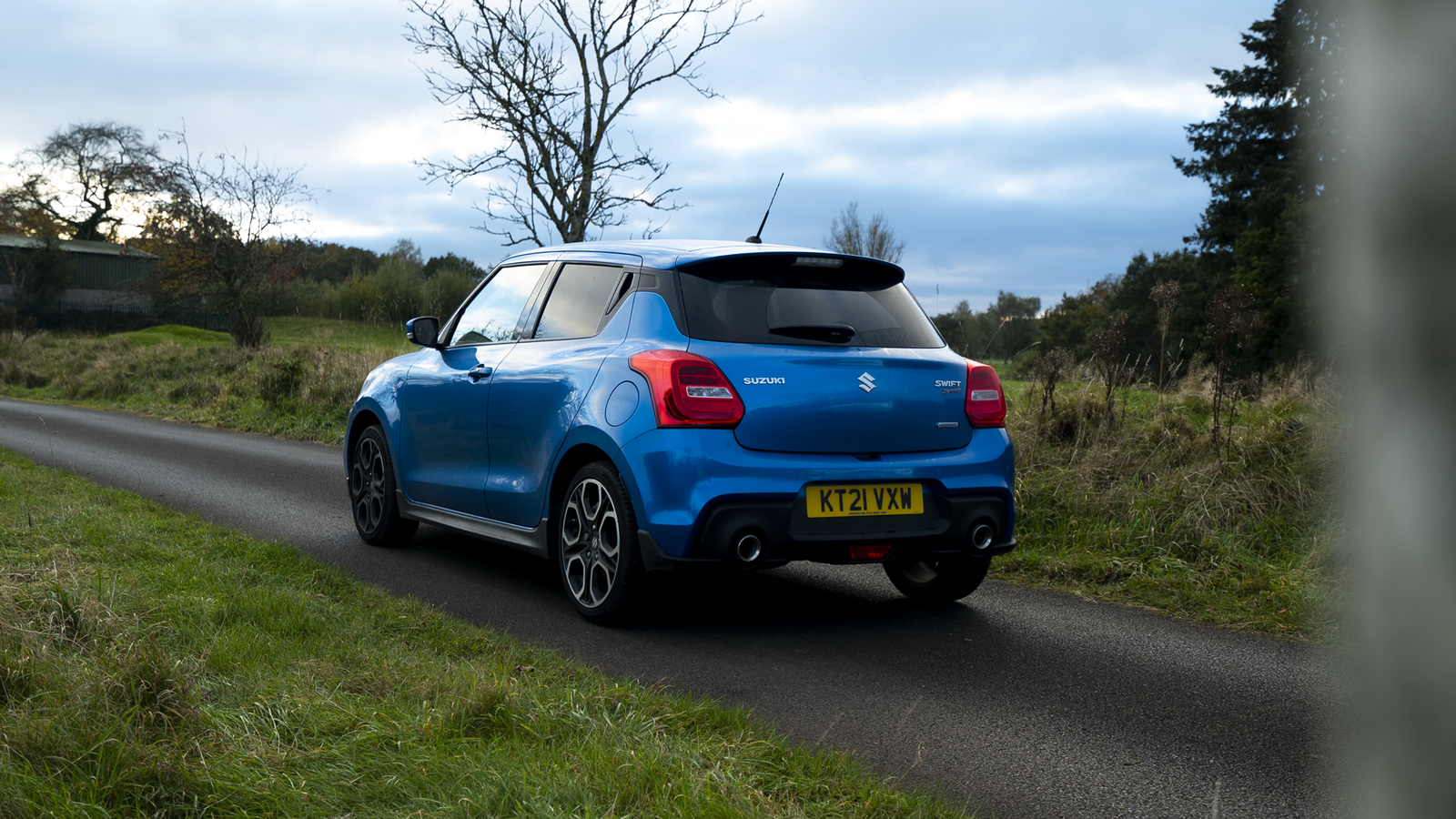
When we had a Volkswagen Up! GTI in for review some years ago, I felt that quiet sense of agitated fear that everyone who’s owned an old light hatchback has felt before. The sway from the wind when a large truck goes past, that knowledge that whatever you might come up against, you’ll likely be the loser. That’s not to say the Up! GTI felt unsafe by any means, it’s simply the feeling you get when driving it.
The Swift on the other hand feels noticeably stout going down the road, and that’s with a curb weight of just 1025kg; an impressive feat. It sits quite happily on the motorway at any speed without feeling like the next gust of wind is going to blow you over to the next lane.
The safety systems are an utter nightmare
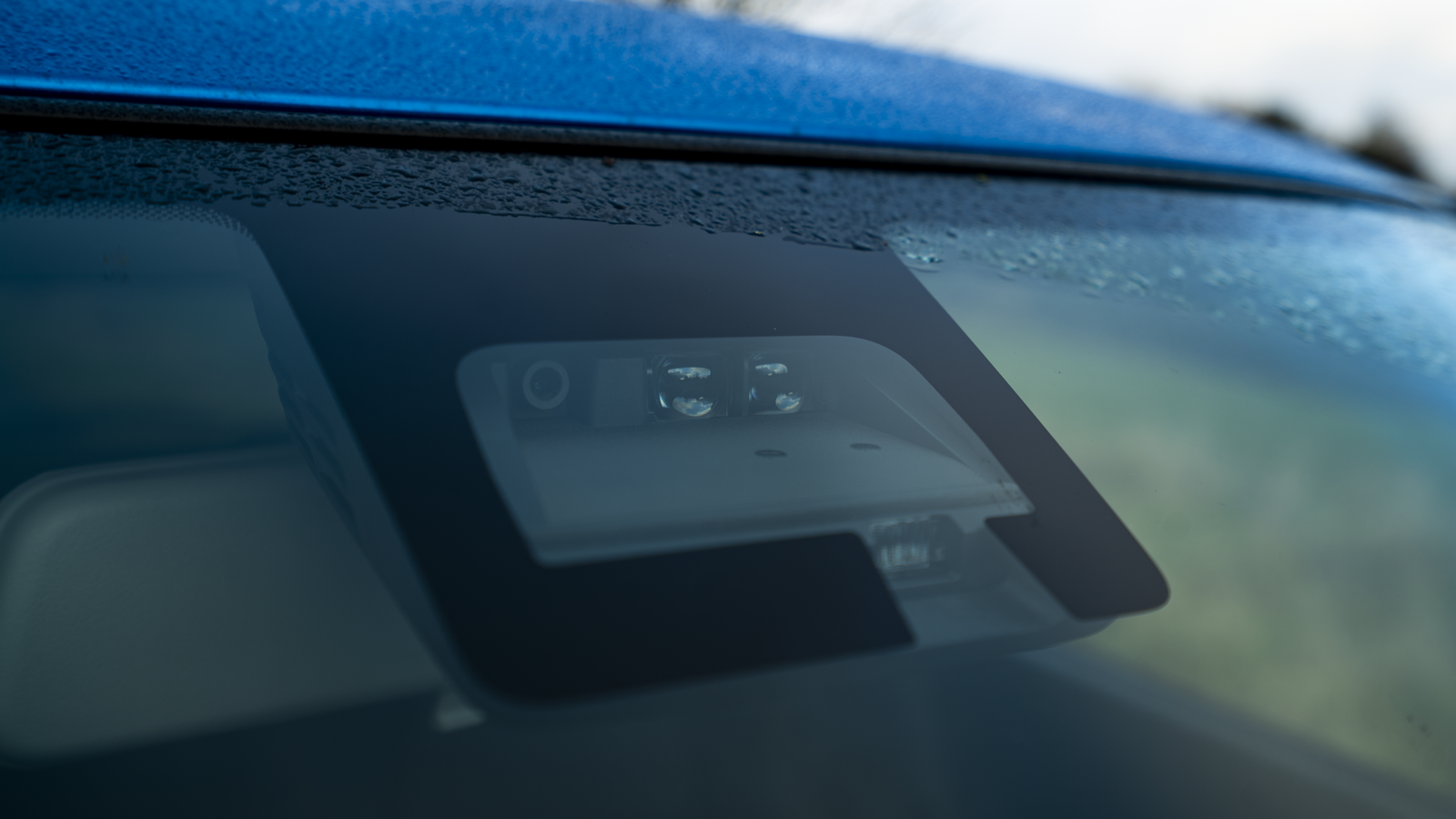
I understand that in an age where you can’t get people to put down their phone for 10 seconds and actually focus on the road, pre-collision warnings and lane departure warnings are vital from the perspective of lawmakers and manufacturers. However, I feel like we’re at such an early level with these systems that they can do more harm than good in some situations.
The Swift’s safety system, unfortunately, falls into this category as far as I’m concerned. On countless occasions, I have been greeted by ‘WARNING LANE DEPARTURE’ accompanied by flashing lights and beeping noises, only for it to turn out that I have been perfectly in the middle of my lane the entire time. It will shout at me that I’m about to rear-end someone when I’m nowhere near them and going slow enough for someone to walk up to the side window and let me know there’s someone in front, long before I ever get close enough to hit them.
Finally, the ‘lane assist’ which gently aids steering to keep you in the middle of the lane seems to have a mind of its own. To be clear, these systems aren’t self-driving and you’re not supposed to take your hands off the wheel; they simply aid to hold the lane. Instead of bouncing from side to side like the BMW systems tend to, or keeping you perfectly straight and true like the KIA systems, the Swift randomly and without warning decides to push you over to one side, then immediately shouts at you ‘WARNING LANE DEPARTURE’ for getting near to the road line.
This has resulted in me turning off all the safety systems every time I get in the car, and multiple people I’ve spoken to have said the same thing about their new cars. Surely that’s not the future?
Its price point puts it in an awkward position
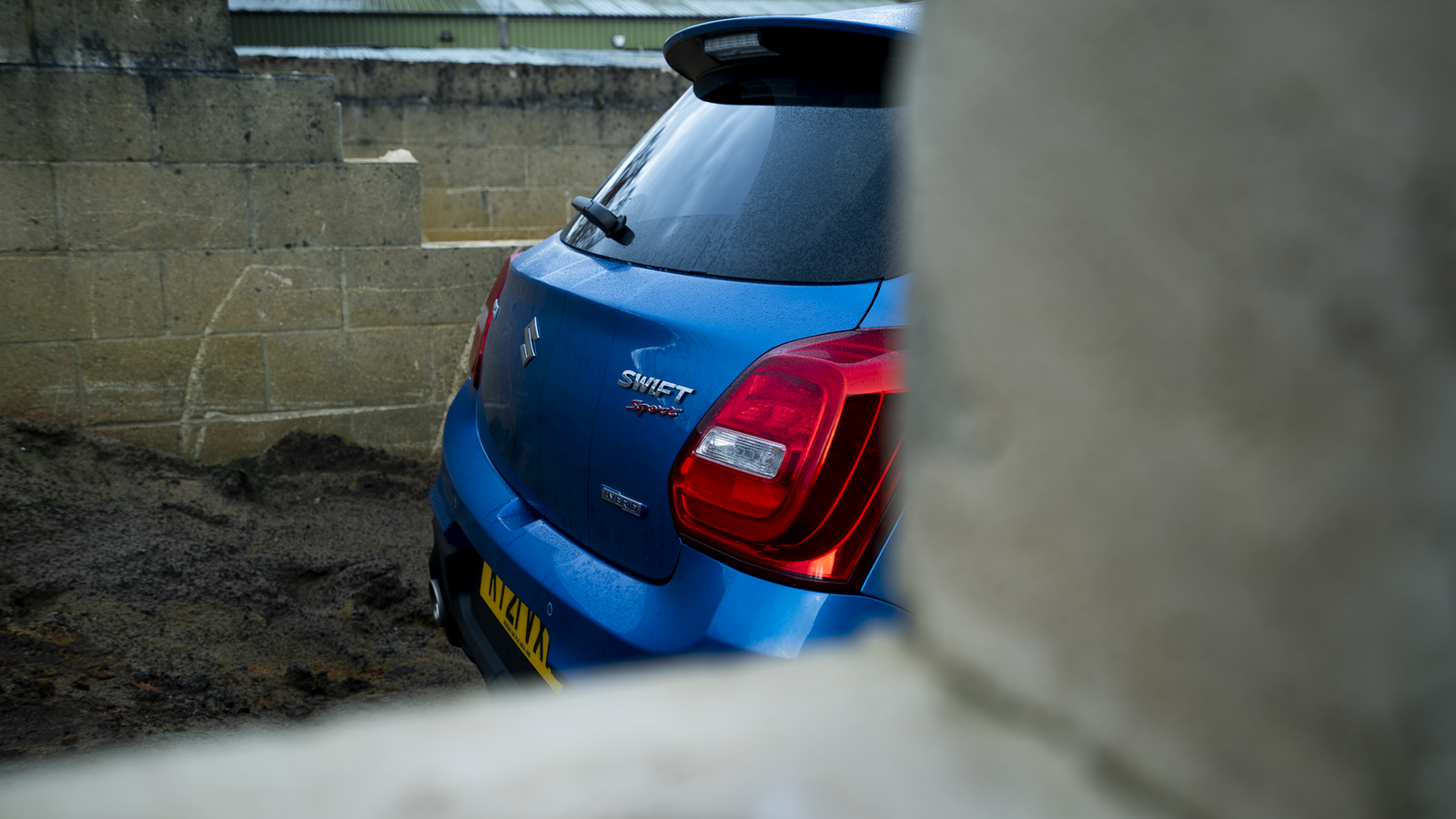
There’s no doubt that the Suzuki Swift Sport still lives in the ‘warm hatch’ segment, alongside peers like the Up! GTI. However there’s one big problem with this, as the Swift Sport is £22,070 in its most basic form. The blue paint option pushes our car up to £22,235. This puts it perilously close in price to the new Ford Fiesta ST-3, at £22,450. A car that deservedly vies for a seat at the adult’s hot hatch table, and not only that, is far more premium inside. There’s no doubt the Swift Sport is a good little hatch, but I would feel a little bit disappointed when a Fiesta ST pulled up alongside me at the lights, knowing full well I could have had one for the same price.
We’ll be spending the remainder of our months with the new Swift Sport seeing if it can finally get under our skin, and if we get used to the foibles we’ve experienced so far.
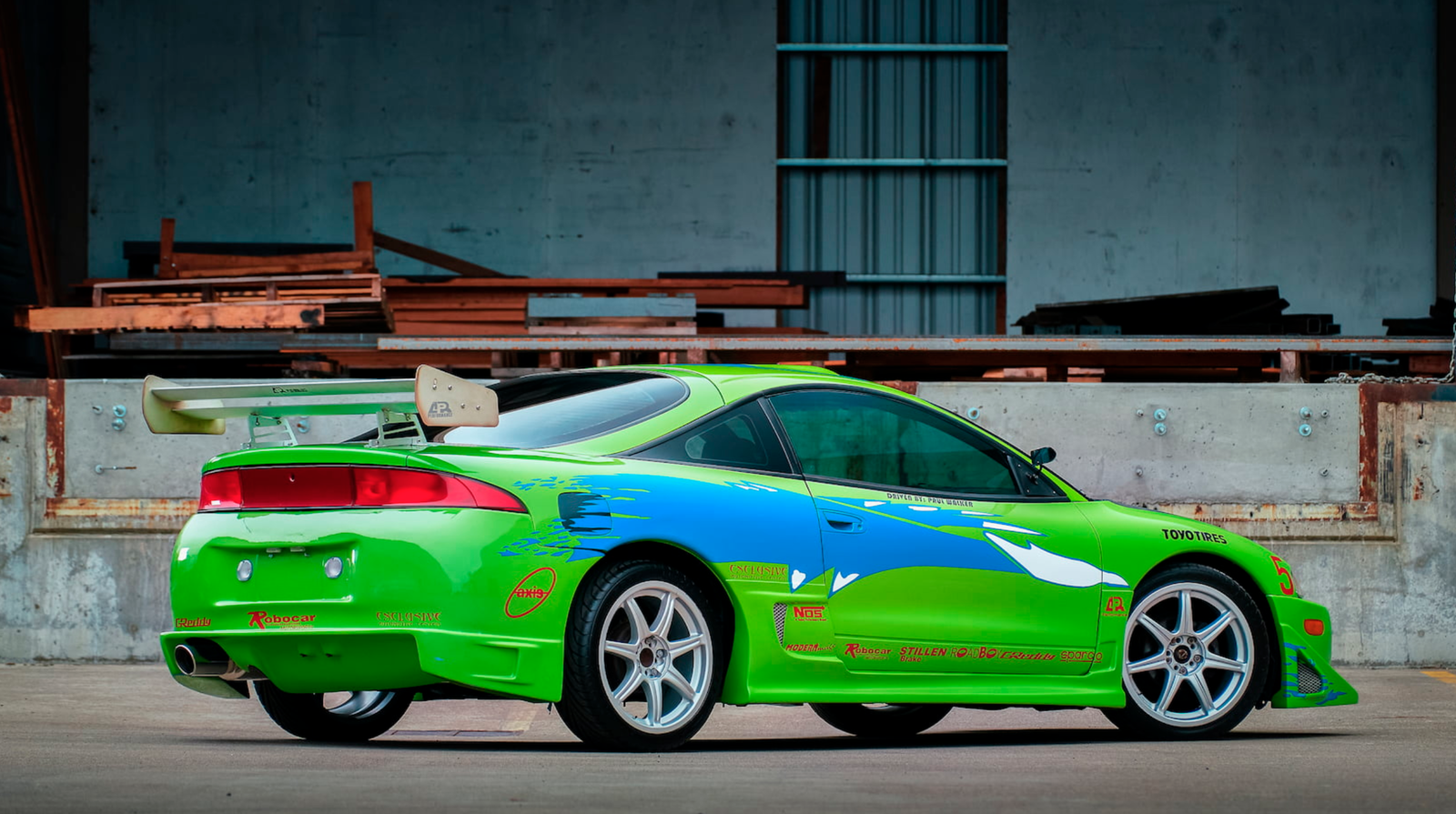
Comments